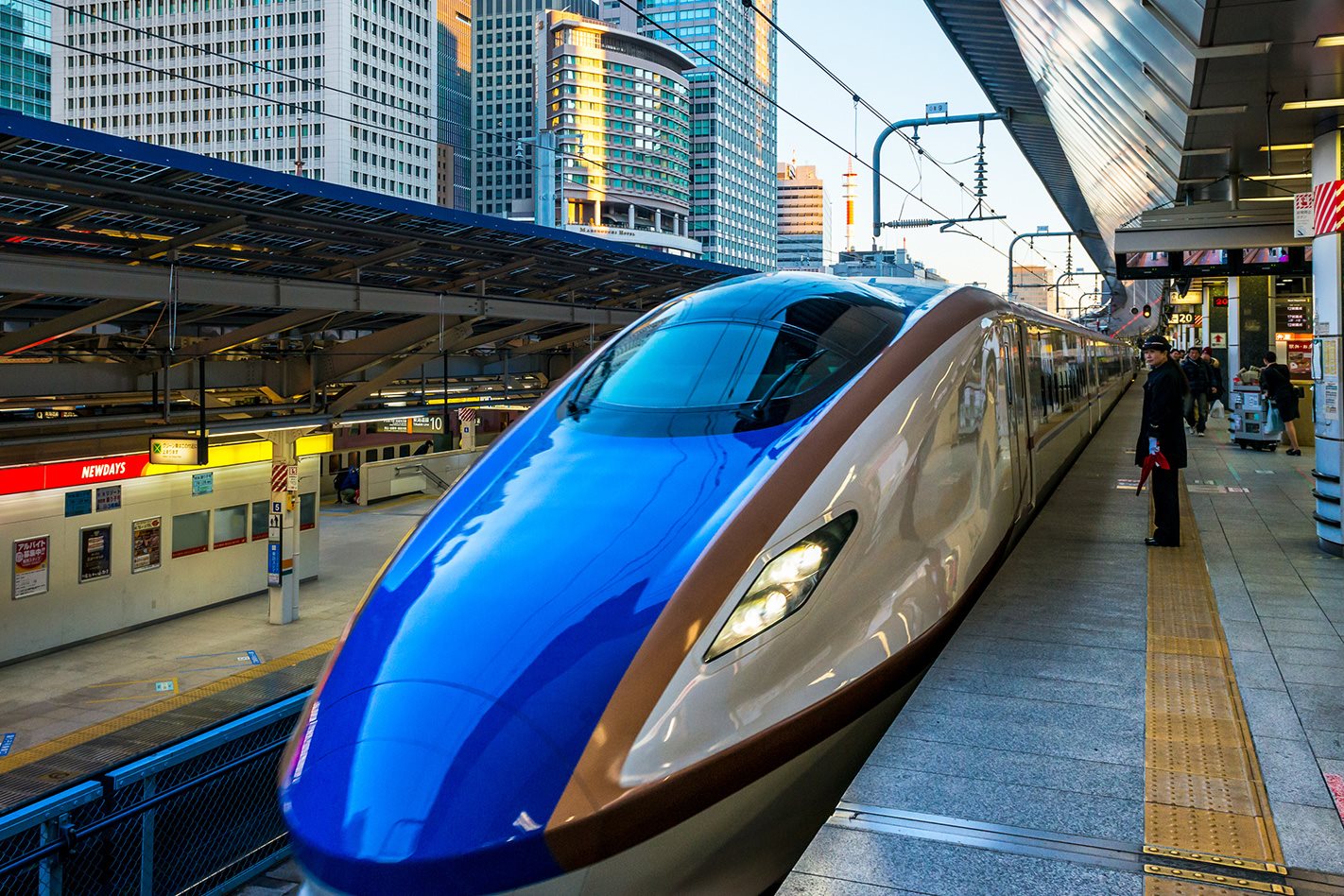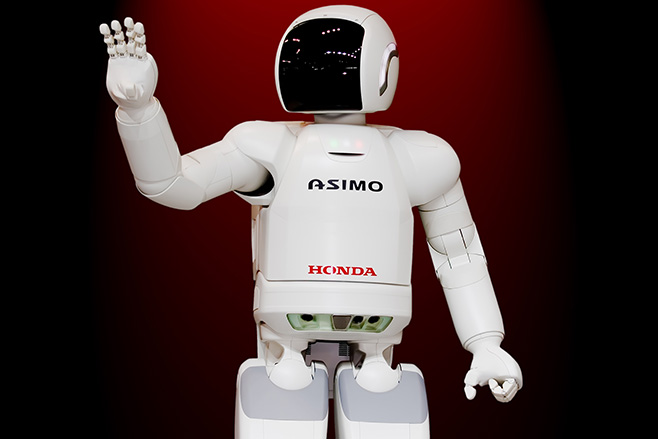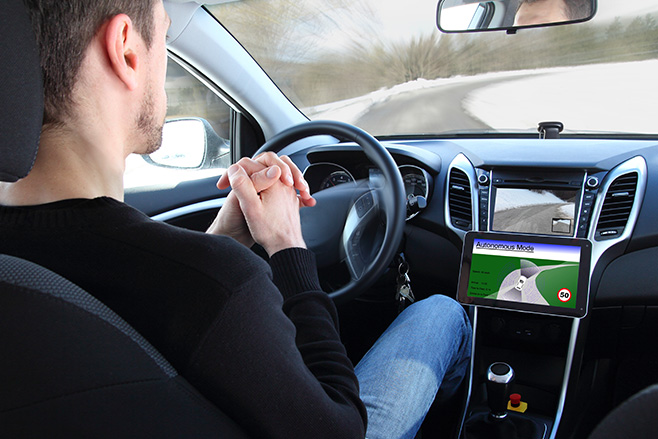
In the future, immaculate, spotless trains will arrive exactly on time, every time, within millimetres of lines on the platform advising you where to stand, and these super trains will fire you to your destination at a smooth, silky 350km/h.
In the future there will be no litter – at all, ever – and yet, mysteriously, no rubbish bins, and if people are sick they will wear face masks so as not to infect you. This is typical because in the future everyone is nice to each other, to the point of fawning. Beer will be tasty, food will be fresh and fabulous and working robots will hop, run and play violins for our amusement.

The Japanese, of course, aren’t just making robots like Honda’s ingenious Asimo to show off, they’re actually doing it for civic, worthy reasons. The thing about the future is that the population there is ageing, rapidly, and not being replaced fast enough by young people who are too busy being nice to each other to go and be really, really nice to each other. (More than 25 per cent of its population will be over 65 by 2030, according to projections.)

Engineers are developing robots that can look after old people – lift them into bed, carry their shopping, bring their medicine, rub their feet, listen to their moaning – because the Japanese have done the math, and there aren’t going to be enough human carers to go around.
It’s the same with car companies and autonomous vehicles. You might think they just want to control you, and keep you alive by making it more and more difficult to fatally stuff up, but in Japan it’s very much about the mobility of an ageing population.
A car that can drive an older person from city to city with no input from their creaky old hands, or brains, is a very useful tool in this slightly greying future world, and Honda says it will have just such a system on sale by 2020-ish.

Giving self-driving cars that kind of worthy purpose makes them seem less threatening for a start, but it’s impossible to go to Japan and experience these technologies without coming away feeling quite positive about the whole idea. Just as it’s impossible to come away without admiring their public-transport to the point of wanting to weep in wonder.
We tried Honda’s latest autonomous-driving technology on an Accord at its testing facility in Tochigi recently and came away not just impressed but relieved.
This thing hurled us around a race track with genuine aggression and what almost felt like a touch of joy, while its test driver sat there with his hands on his knees and a rictus grin on his face (he knows he’s getting sacked soon).
An autonomous car that can hurl you around like a race car, and can react to a loss of traction, like hitting black ice for example, better and faster than you can seems like a good idea.
On-board computers could even teach all of us to be better drivers, according to one senior engineer we spoke to. They’d certainly have the patience for the job.
The future isn’t scary at all, one you’ve been to visit. Although if you don’t like eating a lot of fish, it could be tough going.
Stephen Corby is the Features Editor of Wheels magazine. From Japan last month he wrote about driving the next Honda NSX supercar, the zero-emissions Honda Clarity Fuel Cell, and the S660 baby sports car.



